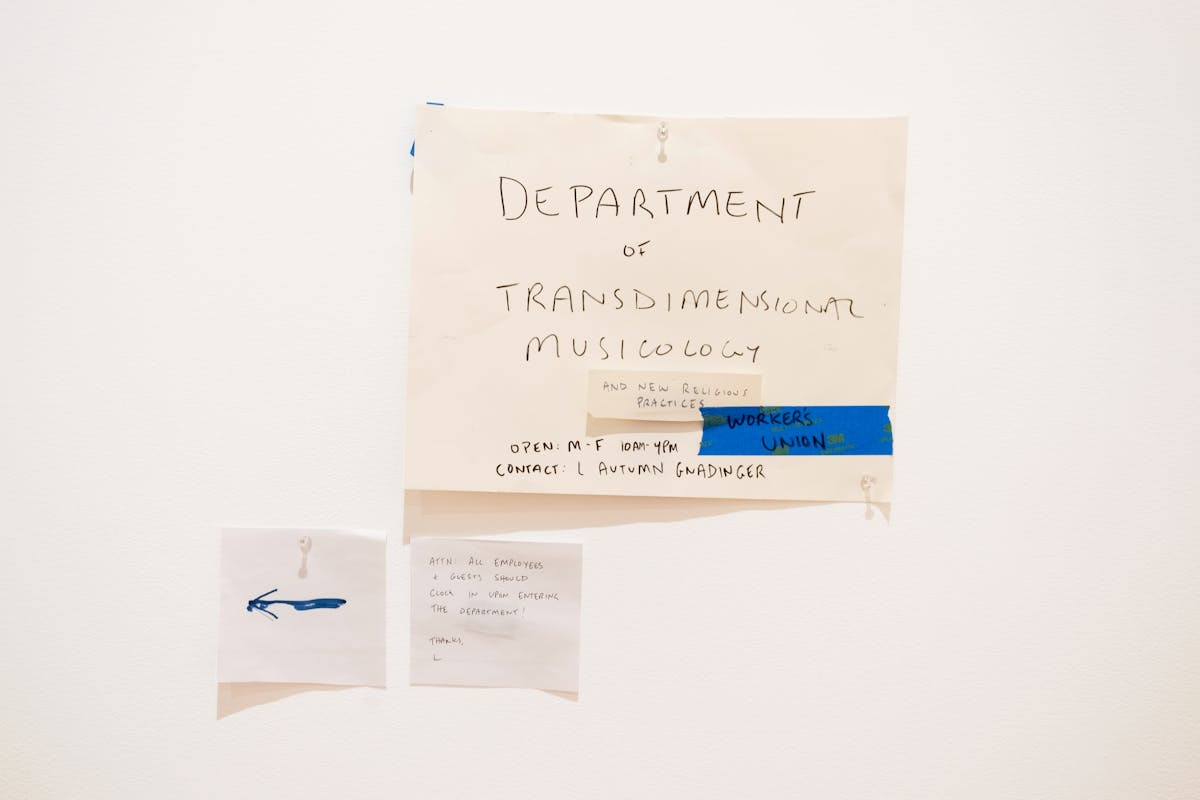A critical eye toward craft.
L Autumn Gnadinger teaches at Tyler School of Art in Philadelphia and writes for and edits Ruckus, an online journal focusing on art in the South and Midwest. A lifelong DIYer, they learned the importance of creating their own worlds early in life. This led them to fall in love with craft, which, they say, is “a way to invent and alter the most basic building blocks of our lives.” They wrote the essay “Craft and Its Writing as Collectivized Outsider,” a finalist for the 2022 Lois Moran Award for Craft Writing, which is reprinted in the Winter 2023 issue of American Craft.
How do you describe your work or practice in 50 words or less?
I think about my practice as overlapping spheres of artmaking, writing, teaching, and play. In recent years, I have tried to pivot away from easily salable, beautiful, and archive-ready work in favor of murkier and performance-based things. I make a lot of ceramic “instruments” that sound like farts.

Gnadinger with one of their ceramic instruments.













